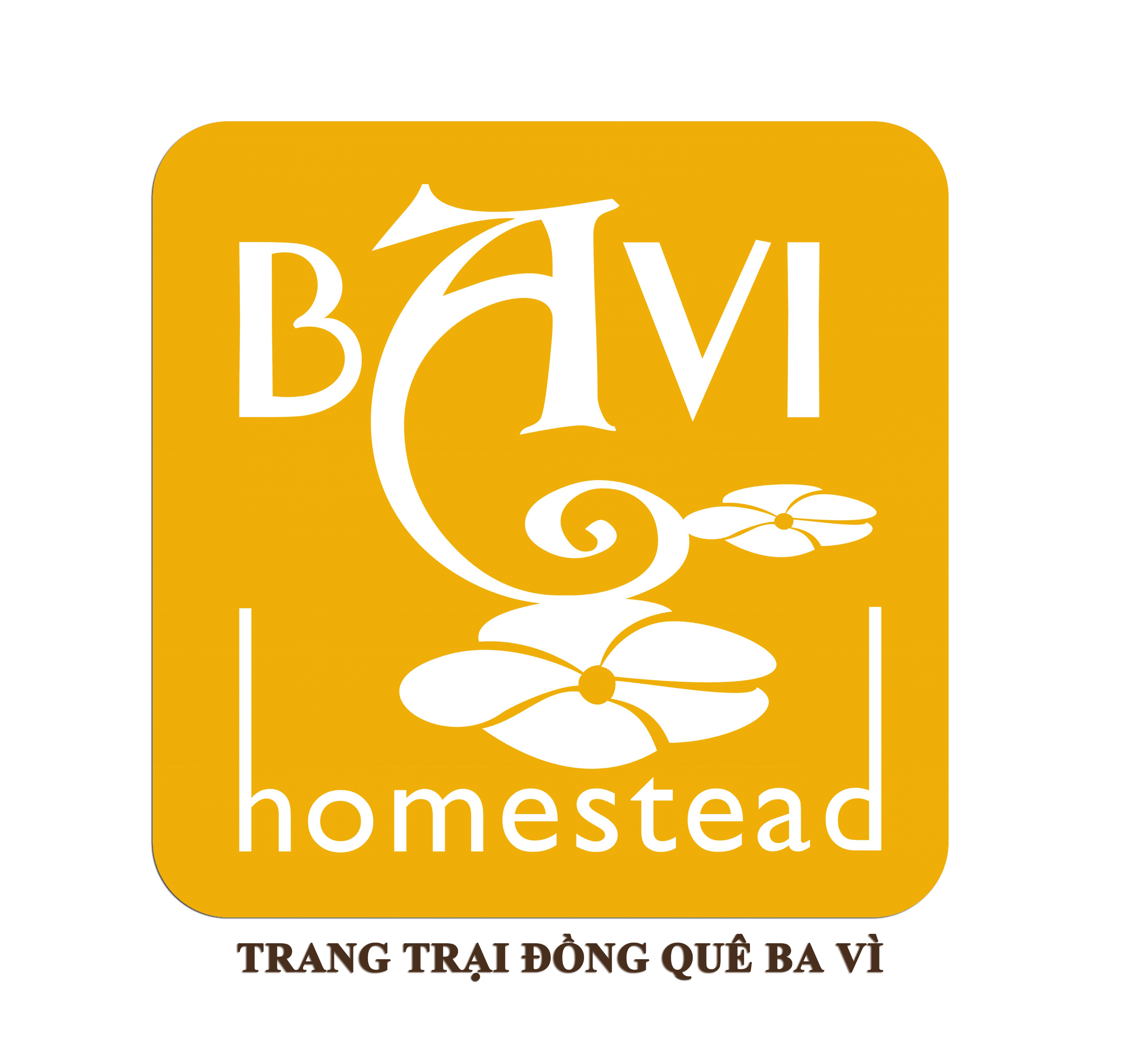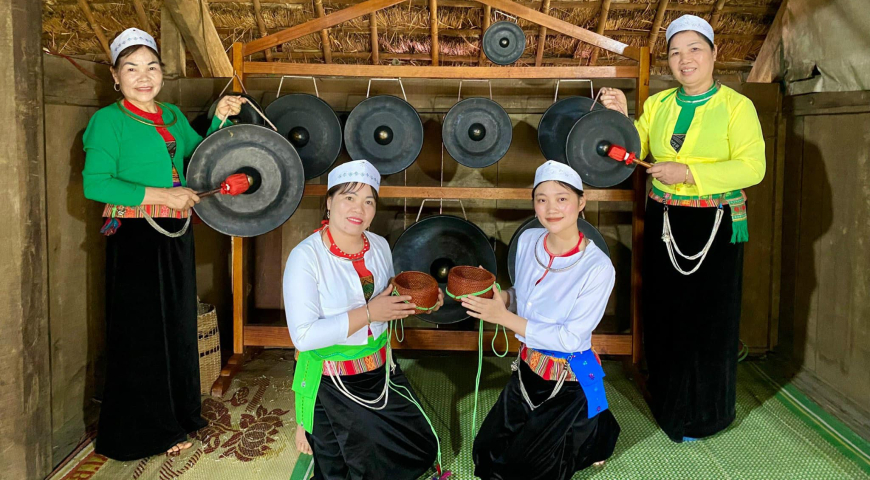Người Mường là một nhóm dân tộc bản địa ở miền Bắc Việt Nam, chủ yếu sinh sống tại các tỉnh Hòa Bình, Phú Thọ và Thanh Hóa. Với dân số khoảng 1,45 triệu người, họ là dân tộc thiểu số lớn thứ ba trong cả nước. Người Mường có nguồn gốc tổ tiên chung với người Việt (Kinh), cả hai đều xuất phát từ nhánh cổ đại Viet-Muong của nhóm ngôn ngữ Vietic trong gia đình ngôn ngữ Nam Á.
Quê Tổ
Tỉnh Hòa Bình được coi là cái nôi văn hóa của người Mường. Trong khu vực này, bốn vùng Mường cổ—Mường Bi, Mường Vang, Mường Thàng, và Mường Động—được công nhận vì di sản văn hóa phong phú của họ.Những khu vực này đã gìn giữ các phong tục tập quán, nghi lễ và truyền thuyết dân gian truyền thống, điều này là phần không thể thiếu trong bản sắc của người Mường.
Mo Mường: Truyền Thuyết Hùng Ca
Di sản văn hóa Mường là Mo Mường, một tập hợp câu chuyện sử thi và các bài hát nghi lễ được truyền miệng qua nhiều thế hệ. Những câu chuyện này bao gồm các huyền thoại, truyền thuyết và các tài liệu lịch sử phản ánh thế giới quan và giá trị xã hội của người Mường. Một sử thi nổi bật, "Sự Ra Đời của Đất – Sự Ra Đời của Nước," kể về sáng tạothế giới và xã hội loài người, đóng vai trò như trụ cột tinh thần và là kho tàng tri thức cộng đồng.
Các buổi Mo Mường được thực hiện bởi các thầy mo trong nghi lễ quan trọng như tang lễ, lễ cúng nhà mới và cầu nguyện cho hòa bình. Những nghi lễ này không chỉ thực hành tâm linh mà còn l biểu hiện văn hóa kết hợp âm nhạc, thơ ca và các yếu tố kịch nghệ.
Tín Ngưỡng
Người Mường thờ cúng tổ tiên, tôn kính các linh hồn và các vị thần liên quan đến các yếu tố tự nhiên. Mỗi gia đình thường duy trì một bàn thờ gia tiên, phản ánh niềm tin sâu sắc vào sự hiện diện tâm linh. Các thầy cúng đóng vai trò quan trọng trong việc trung gian giữa thế giới con người và thế giới tâm linh, thực hiện các nghi lễ để đảm bảo sự hòa hợp và an lành.
Ba Vì hòa quyện một cách hoàn hảo vẻ đẹp tự nhiên với những câu chuyện văn hóa phong phú và chiều sâu lịch sử, tạo nên điểm đến độc đáo cho những ai quan tâm đến di sản và cảnh quan thiên nhiên.
Văn Hóa
Thể hiện sinh động qua trang phục truyền thống, âm nhạc, điệu múa và lễ hội. Phụ nữ thường mặc trang phục thêu thùa tinh xảo, trong khi đàn ông mặc trang phục đơn giản nhưng mang ý nghĩa biểu tượng. Các lễ hội là dịp để cộng đồng tụ họp, với những bài hát dân gian, điệu nhảy và trò chơi củng cố kết nối cộng đồng.
Đã có nhiều nỗ lực bảo tồn và phát huy di sản văn hóa Mường. Năm 2016, truyền thống Mo Mường được ghi vào danh sách Di sản Văn hóa Phi vật thể Quốc gia của Việt Nam, công nhận tầm quan trọng trong bức tranh văn hóa quốc gia.
Lịch sử phong phú, văn hóa sống động và các truyền thống tâm linh sâu sắc của người Mường đóng góp đáng kể vào bức tranh đa dạng sắc tộc của Việt Nam. Cố gắng của dân tộc Mường trong việc bảo tồn di sản đảm bảo bản sắc độc đáo của họ tiếp tục phát triển mạnh mẽ trong thời hiện đại.



